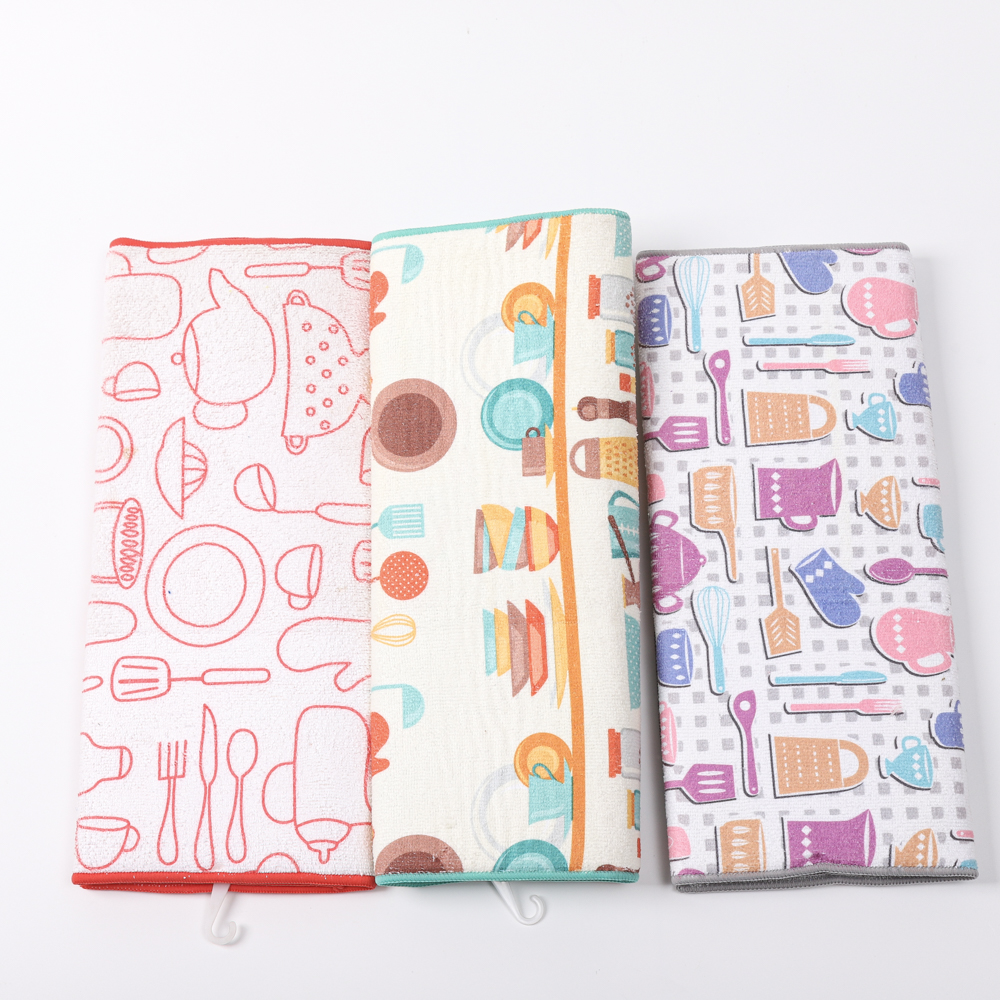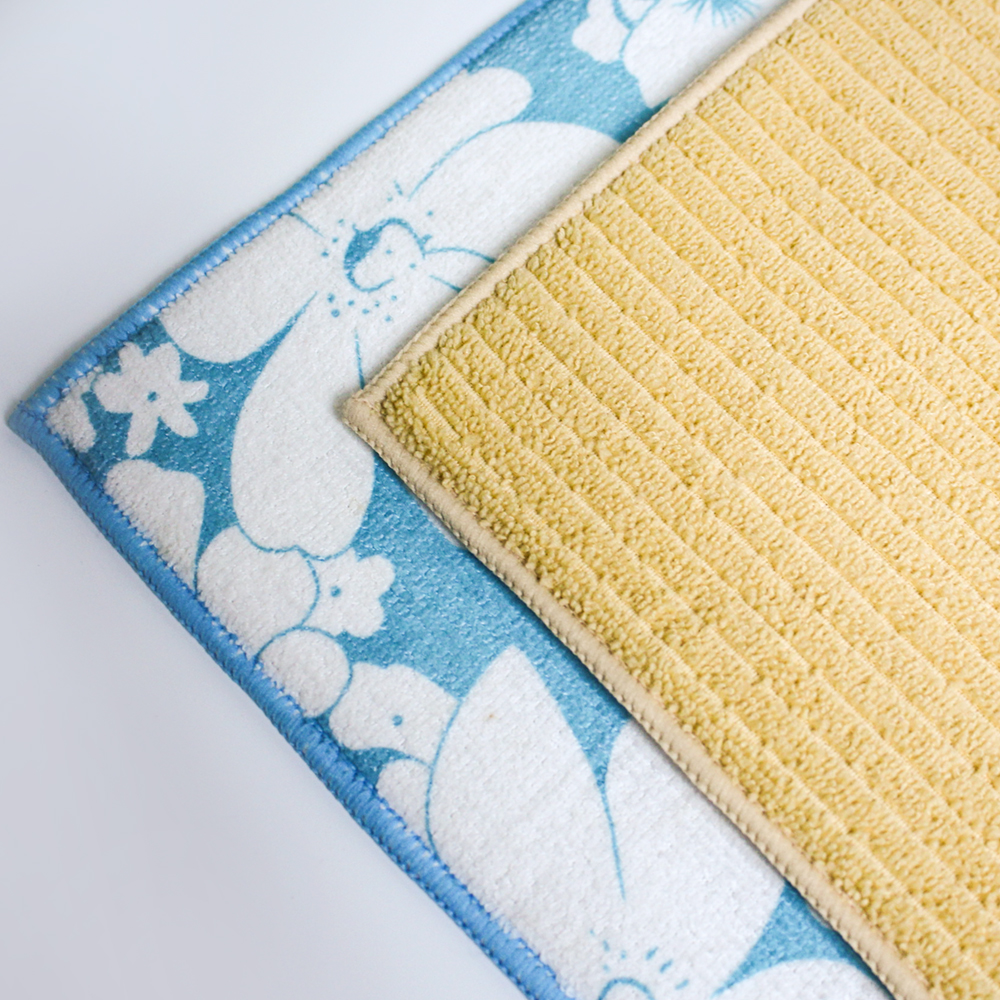Lead: China's waste paper import control is becoming stricter. In 2018, the amount of waste paper approval is down 37.4% compared with 2017. Waste paper imports are obviously tilted towards leading enterprises, and the cost advantage of leading enterprises that have obtained import quotas is further expanded. According to industry analysts, short-term small and medium-sized paper mills have withdrawn from competition due to cost pressure, and long-term small and medium-sized paper mills have been further eliminated.
The control of waste paper imports has become stricter, and the amount of waste paper approval in 2018 has fallen by 37.4% compared with 2017.
Since 2017, China's waste paper import related policies have been launched one after another, and the control of waste paper imports has become stricter. In December 2017, the Ministry of Environmental Protection issued the “Regulations on the Environmental Protection of Imported Waste Papers†and the “Regulations on Environmental Protection of Imported Solid Wastes as Raw Materials†to regulate the import of waste paper.
Compared with the old regulations, the restrictions on the import of waste paper are more strict:
(1) Only those paper enterprises with a limit of 50,000 tons or more will be eligible to apply for an external waste quota;
(2) Cancel the qualification of foreign waste import of waste paper traders, which will be implemented from the date of promulgation.
On December 29, 2017, the Ministry of Environmental Protection issued the “Environmental Control Standard for Solid Wastes Imported as Raw Materials—Waste Paper or Cardboardâ€. Compared with the implementation version at that time, the biggest change was the inclusion of 1.5% of imported waste paper. Dropped to 0.5%. And it will be implemented as of March 1, 2018.
The leaders of the Party Central Committee attached great importance to the import of foreign garbage, and the law enforcement of environmental protection became increasingly strict. The examination and approval of the total amount of imported waste paper approvals became stricter, from 54.47 million tons in 2015 to 27.13 million tons in 2017.
According to statistics, the total amount of waste paper approval before 2018 was 17.581 million tons, down 37.4% from 2017.
Waste paper imports are tilted towards leading enterprises, and the cost advantage is further expanded. Small and medium-sized paper mills can only be eliminated.
From the list of 22 batches of 77 companies approved for import in 2018, it can be seen that the import of waste paper is obviously inclined to the leading enterprises.
According to industry insiders, due to the high dependence of overseas countries on China's imported waste paper, driven by weak demand, some of the substandard waste prices have fallen. At the same time, since the national waste is mainly formed by the boxboard corrugated paper produced by waste paper, the external waste is mostly formed by the corrugated paper of the original wood pulp, and the waste fiber content of the country is significantly lower than that of the external waste fiber. In the case of a high proportion of waste in the country, it is necessary to add raw pulp to improve the quality of the base paper, and the cost is higher. Therefore, the cost advantage of leading enterprises that have obtained import quotas has been further expanded.
Specifically, although the total import volume of papermaking leading enterprises has also shown a downward trend since 2018, the proportion of import quotas of leading enterprises in the national total has increased significantly.
According to statistics, in the first half of 2018, the quotas for the top three companies (Qianlong, Liwen, and Shanying) increased from 47.0% in 2016 to 49.1% in 2017 and 56.7% in 2018. The proportion of the top ten companies rose from 65.4% in 2016 to 87.6%. The number of companies that have obtained quotas has dropped from 160 to the current 77.
The industry analysts believe that short-term small and medium-sized paper mills will withdraw from competition due to cost pressure. The long-term leading new capacity was put into operation, crowding out the waste recycling channels of small and medium-sized paper mills, and the small and medium-sized paper mills were further eliminated.
Therefore, the import approval volume has dropped drastically, and the leading enterprises have directly benefited, which is conducive to enhancing the concentration of the industry.
This article is posted on the website for the purpose of transmitting more information and does not imply endorsement of its views or confirmation of its description.
Article source address: http://
Microfiber kitchen mat:
- Material: Made of microfiber material, with soft and comfortable touch.
- Function: Mainly used in the kitchen floor, it can effectively prevent slipping, relieve fatigue caused by standing for a long time, and protect the foot joints.
- Features:
- Strong water absorption: microfiber material has good water absorption performance, can quickly absorb water, keep the ground dry.
- Non-slip design: The bottom is mostly designed with non-slip rubber particles to increase friction and prevent the mat from sliding on the ground.
- Easy to clean: Microfiber material is easy to clean and can be washed by hand or machine to maintain hygiene.
- Prints: A variety of lovely prints are available to add decorative touches to the kitchen.


Microfiber dish drying mat,microfiber drainer mat,microfiber mat for dish drainer,microfiber dish mats
jiangsu qiyun cleaning knitting product co.,ltd , https://www.maleclean.com